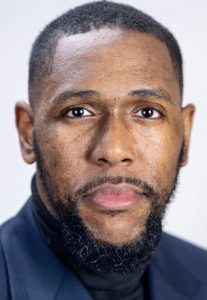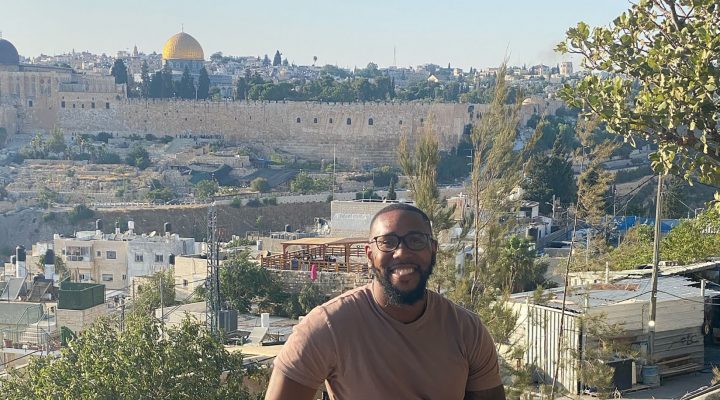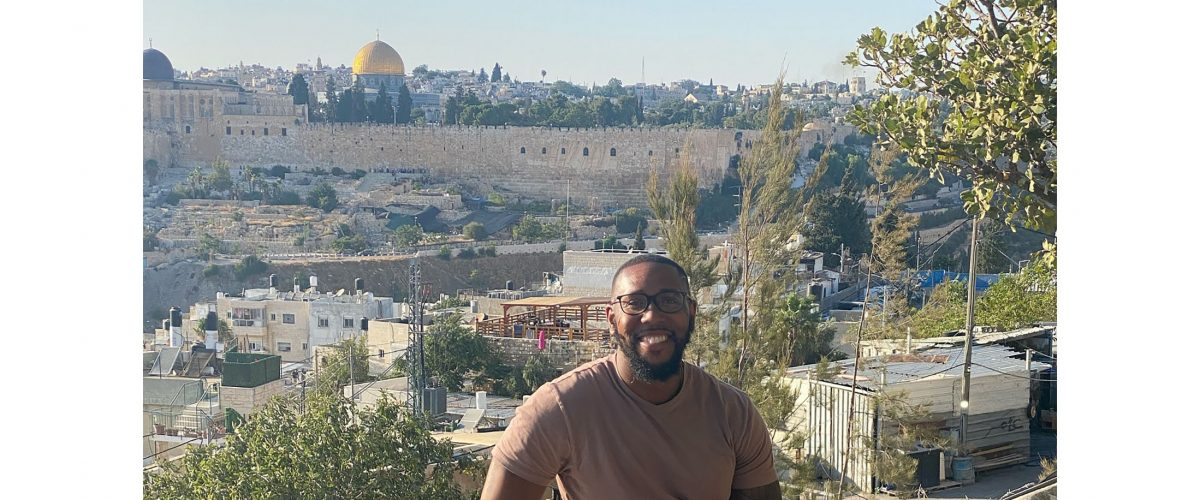In early September, I returned from a visit to Jerusalem and the occupied West Bank. Led by the Sabeel Ecumenical Liberation Theology Center, my visit was part of a multifaith delegation of Jewish, Muslim, Christian, Quaker, Buddhist and Hindu clergy, activists, educators and journalists bearing witness to the yearlong destruction of Gaza and the decades-long occupation of Palestinians that has been exacerbated since October 7, 2023.
Gathering near the Mount of Olives, on our first night in Jerusalem, and while looking out toward the old city at sunset, the words in Luke arrested my spirit:
As he came near and saw the city, he wept over it, saying, “If you, even you, had only recognized on this day the things that make for peace! But now they are hidden from your eyes. Indeed, the days will come upon you when your enemies will set up ramparts around you and surround you and hem you in on every side. They will crush you to the ground, you and your children within you, and they will not leave within you one stone upon another, because you did not recognize the time of your visitation from God.

Darrell Hamilton II
And for nine days, I could not stop weeping as we traveled around Jerusalem and the West Bank witnessing a fraction of what 7 million Palestinian’s endure daily.
We visited the United Nations Relief and Works Agency office near Ramallah, whose services to provide education and medical care to more than 800,000 Palestinians are now restricted by Isreal’s Knesset. We traveled to the Rafah Border Crossing and the U.S. Embassy to protest, pray and lament the ongoing military actions in Gaza. But the most challenging moments came while sitting face to face with the people, the living stones as Palestinians refer to themselves, directly impacted by the occupation.
People like the Kisiya family, who have been fighting to keep their land in the Al-Makhrour area of Beit Jala, or the Nassar family at the Tent of Nations. Both these families are Palestinian Christians who have been fighting for decades to keep their land from being taken by settlers and Israeli military.
We sat and listened to the mother of a 24-year-old college student, Layan Nassir, who was taken out of her home by Israeli Defense Forces in April and who is currently being held in military detention without being charged for a crime. Various human rights organizations have documented the human rights abuses afflicted on people held in military detention, and Layan’s mother expressed to us much concern about Layan’s safety. In August, it was expected Layan would return home after a four-month stay in detention; however, days before she was due to return home her mother received word that Layan would be detained an additional four months — still without being charged.
“Israeli chickens have more rights than we do.”
And in the South Hebron Hills, we sat with a Palestinian community situated yards between an Israeli settlement and a chicken coop. We joined them at a newly constructed playground and children’s center that was surrounded by homes recently demolished. They shared how it is illegal for them to run water and electricity to their homes and children’s center, but above and beneath them and us were electric and water lines that only service the illegal settlement on one end, and the chicken coop on the other. A person from their community remarked, “Israeli chickens have more rights than we do.”
But it was my conversation with Sabeel Director Omar Haramy that reoriented me to a deeper purpose for our delegation. That the time of our visitation to Jerusalem and the West Bank was not simply to weep over the atrocities and human rights abuses we witnessed, but to recognize “the things that make for peace.” In other words, to recognize the resistance and endurance of the Palestinian people — the living stones — who continue to prevail against the forces of death arrayed against them.
This conversation brought my spirit to Jesus’ words to Simon in Matthew’s Gospel. Where, after Simon confesses Jesus as the Christ, the Son of the Living God, Jesus answers him, “You are Petros, and on this stone I will build my church, and the gates of Hades will not prevail against it.”
In his commentary on this passage, M. Eugene Boring notes, Jesus is not giving Simon a common name, “Peter,” but the name Petros/Cephas, which in Greek and Aramaic mean stone. And in antiquity, Hades, like Sheol, is known as the realm where the dead dwell.
Thus, Jesus says to Simon the stone he is using to build his church is a living stone that never will be vanquished by the powers of death. Likewise, the stone Jesus is using will endure until the end of history despite, as Boring states, “the forces of death arrayed against it.”
“The purpose of our visitation was to come and see that the kingdom of God is, indeed, present with and among the Palestinian people.”
Every day, the Palestinian people — the living stones — prevail against the forces of death by resisting injustice and erasure by Western media. As Omar told me, for every person killed during occupation, they are still burying their dead. For every home that is demolished, a home is rebuilt. For every bomb and bullet sent over by U.S. taxpayers, they are still marrying and being given in marriage.
The purpose of our visitation was to come and see that the kingdom of God is, indeed, present with and among the Palestinian people.
Moreover, the living stones are alive because the gospel promises the forces of death will not overcome, prevail nor be stronger than what Jesus is seeking to build in the earth. Because the good news of the gospel is that the forces of death do not have the final say, and you cannot kill or bury what God wants lifted and resurrected.
If those who claim to follow Jesus would remain silent to the presence of God, then living stones will cry out testifying and witnessing to God and God’s kingdom present among them.
Darrell Hamilton II serves as administrative pastor at First Baptist Church of Jamaica Plain, Mass., and as Protestant chaplain at Babson College in Wellesley, Mass. He is an ordained Baptist minister and graduate of Wake Forest School of Divinity. His ministry and leadership are focused on advancing diversity, inclusion and advocacy for the vulnerable and marginalized to inspire greater justice and love for all people.


